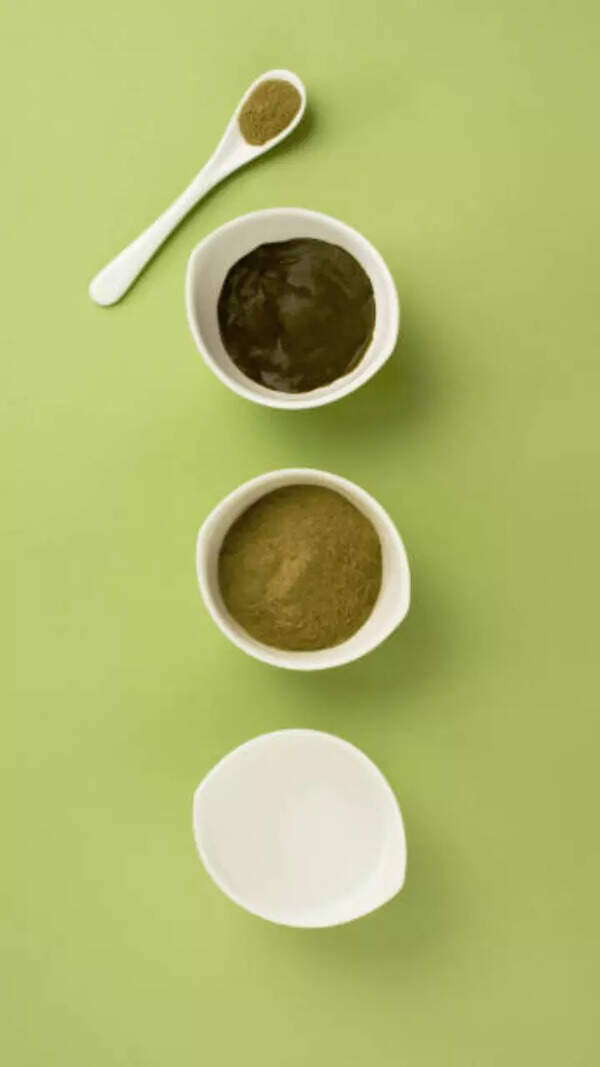- News
- India News
- Pakistan’s missile, drone attack foiled: How India's S-400 'Sudarshan Chakra' works
Trending
Pakistan’s missile, drone attack foiled: How India's S-400 'Sudarshan Chakra' works
India's S-400 air defense system, known as "Sudarshan Chakra," successfully intercepted a Pakistani offensive involving drones and missiles. S-400 air defence system, with its extensive range and engagement capabilities, neutralised all incoming threats from Pakistan.
NEW DELHI: India's S-400 air defence system, "Sudarshan Chakra," on Thursday successfully countered a Pakistani offensive involving both drones and missiles. The attack was launched in response to India's Operation Sindoor, which had targeted terrorist camps in Pakistan and PoK.The Pakistani forces orchestrated a multi-wave assault, directing drones and missiles toward crucial military installations and several cities including Awantipora, Srinagar, Jammu, Pathankot, Amritsar, Ludhiana, and Bhuj.
Operation Sindoor
Poll
Do you believe the S-400 air defence system significantly enhances India's national security?
Here's how India's S-400 defence system works:
- The acquisition radar detects and tracks any airborne targets within its operational range.
- Information about these targets is then relayed to the command post.
- The command post chooses the most appropriate missile and launch vehicle to intercept the target.
- Engagement Radar can control 12 missiles on six targets. The engagement radar initially guides the missiles towards the target.
- Missiles can hit the target based on radar inputs.
- Two types of missile systems are frequently used: one for short-range and one for long-range. The S-400 system can lock onto two missiles for a single target while also engaging up to 80 distinct targets at the same time.

About the Author
TOI News DeskEnd of Article
Follow Us On Social Media









